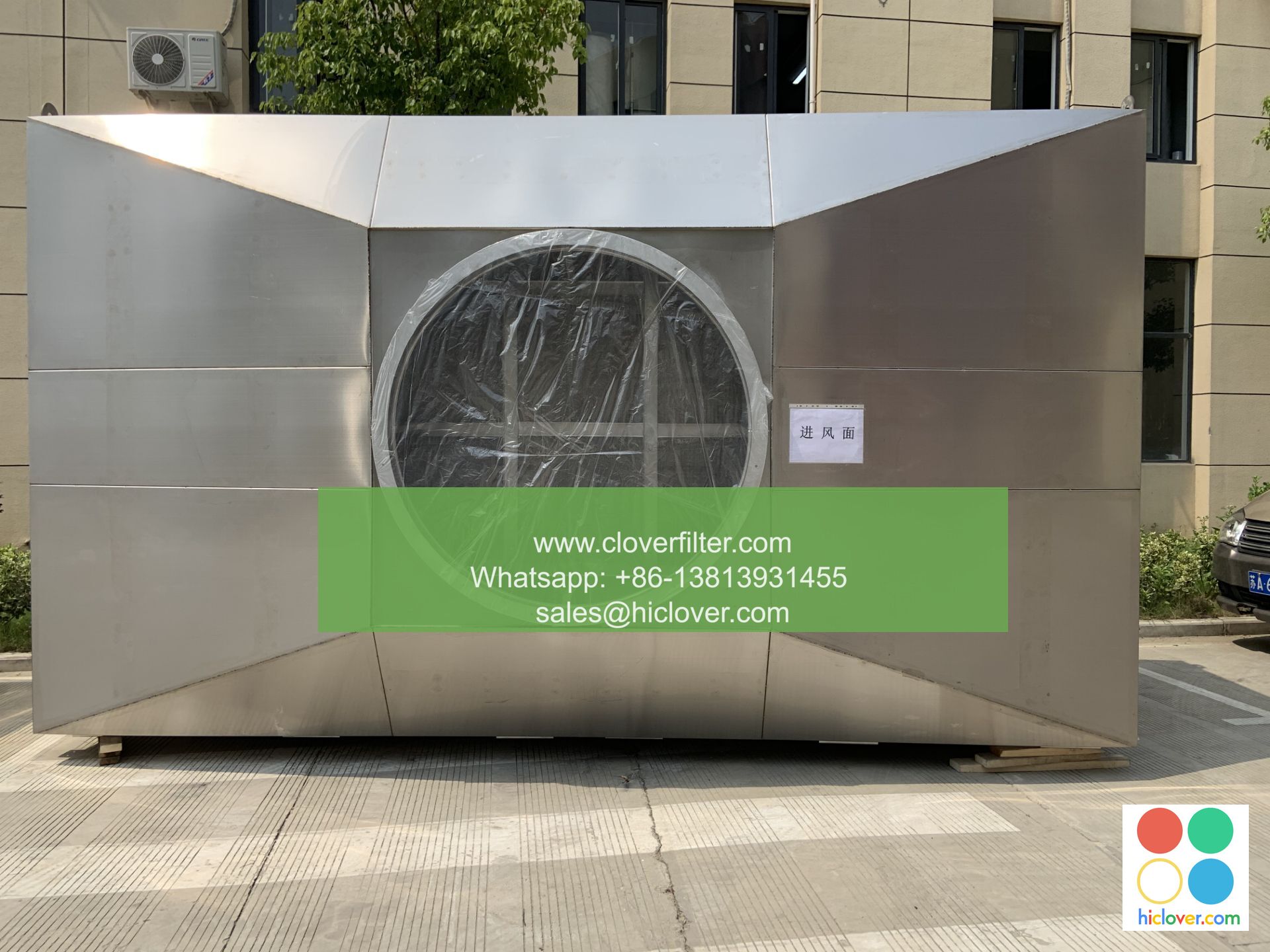The OSHA Regulations on Air Filter Standards in the Workplace

OSHA Regulations on Air Filter Standards in the Workplace
Understanding the Importance of Proper Air Filtration
The Occupational Safety and Health Act (OSHA) plays a crucial role in ensuring a safe and healthy work environment by establishing guidelines and regulations for employers to follow. One of the key aspects of OSHA regulations is the standard for air filtration in the workplace. In this article, we will delve into the OSHA regulations on air filter standards, highlighting the importance of proper air filtration, and discussing various application areas.
Why Air Filter Standards are Crucial
Proper air filtration is essential in the workplace to maintain a safe and healthy environment. Airborne contaminants, such as dust, fumes, and particles, can cause respiratory problems, allergic reactions, and even occupational illnesses. OSHA’s air filter standards aim to reduce the risk of exposure to these contaminants, ensuring a safe and healthy work environment for employees.
OSHA Air Filter Standards
OSHA’s air filter standards are based on the American National Standards Institute (ANSI) Established Program Specification (EPS) for Particulate Air Cleaners, which sets the standard for particle size and efficiency. OSHA requires employers to maintain a maximum of 10 microns (μm) for solid particles and 0.05 parts per million (ppm) for gases and vapors.
Application Areas
Proper air filtration is essential in various application areas, including:
- Machinery rooms and maintenance areas: Regularly inspected and maintained machinery and equipment can produce airborne contaminants, which can pose a risk to employee health.
- Medical facilities and healthcare settings: Proper air filtration is crucial in healthcare settings to prevent the spread of diseases and infections.
- Food processing and manufacturing: Food handlers and manufacturers require a clean environment to maintain product quality and prevent contamination.
- Construction and demolition sites: Heavy machinery and materials can generate airborne contaminants, putting workers at risk.
Best Practices for Implementing OSHA Air Filter Standards
To ensure compliance with OSHA air filter standards, employers should:
- Conduct regular air quality assessments: Monitor and test the air quality regularly to identify potential hazards.
- Choose the right air filtration system: Select an air filtration system that meets the required specifications, including particle size and gas/vapor levels.
- Regularly inspect and maintain equipment: Regularly inspect and maintain equipment to ensure proper function and minimal airflow disruptions.
- Train employees: Educate employees on the importance of air filtration and the hazards of airborne contaminants.
Conclusion
In conclusion, OSHA regulations on air filter standards are crucial to maintain a safe and healthy work environment. By understanding the importance of air filtration and implementing best practices, employers can reduce the risk of exposure to airborne contaminants, ensuring a safer and healthier workplace for employees.
I’m happy to help! What would you like to chat about or ask?

